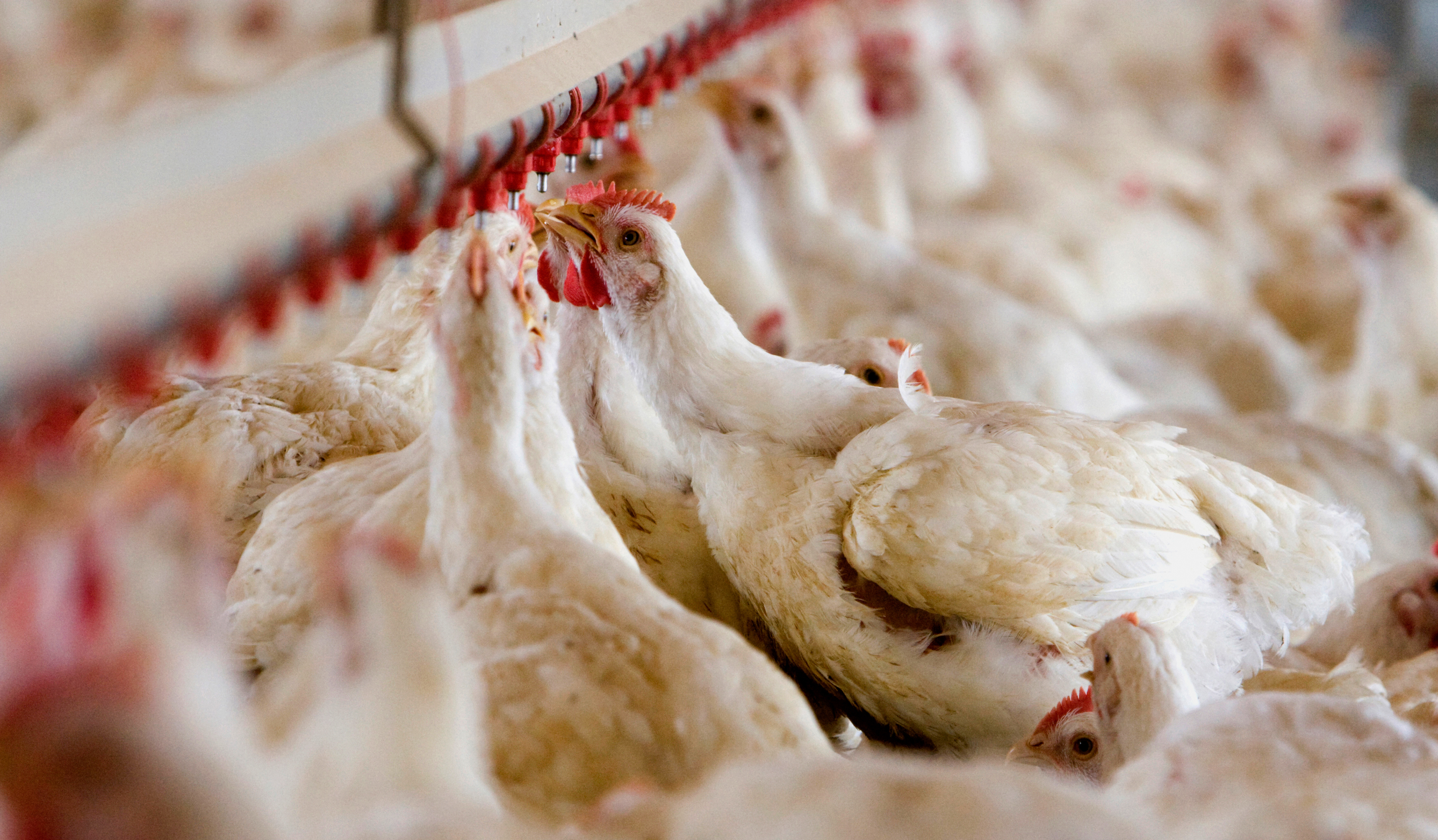



Weekly poultry outlook - global broiler production up 2 percent
Read the latest poultry industry updates from China, the United States and South America.Broiler-type eggs set in US up 2 percent
USDA this week said hatcheries in the United States weekly programme set 224 million eggs in incubators during the week ending 10 October, 2020, up 2 percent from a year ago. Average hatchability for chicks hatched during the week in the United States was 82.3 percent. Average hatchability is calculated by dividing chicks hatched during the week by eggs set three weeks earlier.

Broiler-Type Chicks Placed in the United States Down 3 Percent
Broiler growers in the United States weekly programme placed 177 million chicks for meat production during the week ending 10 October 2020, down 3 percent from a year ago. Cumulative placements from the week ending 4 January 2020 through 10 October 2020 for the United States were 7.61 billion. Cumulative placements were down 1 percent from the same period a year earlier.
China seen pulling back on meat imports in 2021
USDA this week reported global meat imports will decline marginally in 2021 as softening demand from China offsets gains elsewhere. China meat imports are forecast to set records in 2020 due to a sharp decline in pork production from African swine fever (ASF). Next year, imports are expected to fall as producers rebuild swine herds and production rebounds. Outside of China, global meat imports are largely rebounding as economies bounce back from COVID-19 and as food service demand improves.
China chicken meat imports are forecast 6 percent lower at 925,000 tonnes. Weaker demand stems from domestic production expansion and limited consumer willingness to offset pork consumption with poultry, particularly in light of greater pork supplies.
World chicken meat production forecast up 2 percent in 2021—a new record
USDA this week reported global production is forecast 2 percent higher in 2021 to a record 102.9 million tons. Although China will make the largest gains, its production growth will decelerate as consumer demand slackens. China consumers’ willingness to offset lower pork consumption with chicken meat is limited and pork domestic supplies are forecast to rebound from African swine fever (ASF).
Modest expansion is forecast for other leading producers, with the most significant gains by Brazil, EU, the United States, and India. While a portion of this growth will be directed to international markets, forecasted economic growth will buoy domestic demand in major producing countries.
Global exports are forecast 2 percent higher in 2021 to a record 12.2 million tonnes. The world’s leading exporter Brazil will account for over one-third of the growth. Brazil’s competitive advantage to supply diverse products to a wide range of markets at competitive prices will facilitate expanded shipments to the Middle East and Sub-Saharan Africa, critical for growth in the face of weaker China demand. After two years of spectacular growth, China demand will soften, although remaining near the record high. Globally, rising EU and Saudi Arabia demand will more than offset the decline in China as well as South Africa. US production and exports.
US production is expected to rise 1 percent to 20.5 million tonnes in 2021. Exports are forecast virtually unchanged at 3.3 million tonnes as lacklustre demand in most major US markets, in particular Mexico, will inhibit growth.

USDA issues annual China feed use report
China’s 2020/21 feed and residual use for all coarse grains and feed-quality wheat are estimated to increase 3.2 percent compared to the previous marketing year due to a projected recovery of swine production and strong expansion in the poultry and ruminant sectors.
Though typhoons caused heavy damage and extensive lodging in the major corn producing north-eastern provinces, the impact on overall production will be limited as storms hit only weeks before harvest and will not result in a total loss.
In addition, Fall army worm (FAW) impact is less than anticipated resulting in a total decrease in corn production of only 4 percent. While China may rely more on corn imports in the coming marketing year, some of these gains will be mitigated by an increased use of sorghum, barley, and old rice and wheat stocks in feed rations to take the place of record high-priced corn.
Read Jim Wyckoff's Pig outlook on The Pig Site and see the latest updates in the global beef and dairy industry on The Cattle Site.









